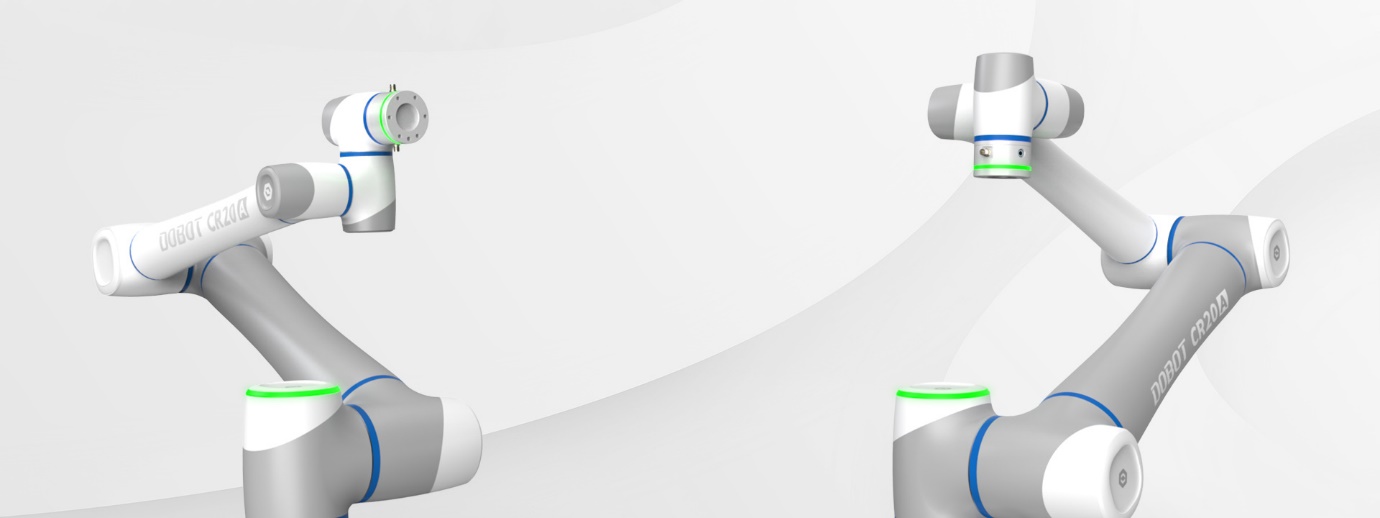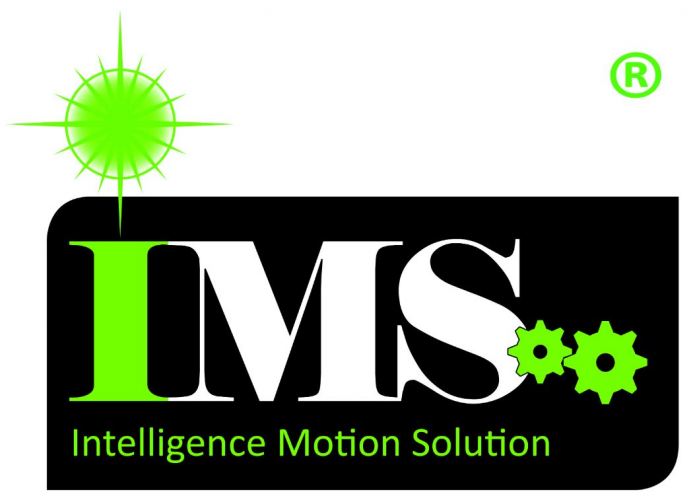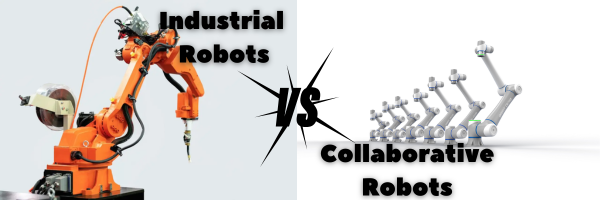INDUSTRIAL ROBOT OR COLLABORATIVE ROBOT: NAVIGATING THE ROBOT REVOLUTION
In the ever-evolving landscape of industrial automation, two key players have emerged: traditional industrial robots and collaborative robots, often referred to as cobots. Both serve the common goal of enhancing productivity and efficiency in manufacturing and other industries, yet they possess distinct characteristics that cater to different operational needs and preferences. Understanding the differences between these technologies is crucial for businesses seeking to implement automation solutions tailored to their specific requirements.
Industrial Robots: Precision and Power
Industrial robots have long been synonymous with automation in manufacturing environments. These machines are designed for high-speed, high-precision tasks, often involving heavy payloads and operating within controlled environments such as production lines or dedicated work cells. Key features of industrial robots include:
- Speed and Precision: Industrial robots excel in repetitive tasks that demand precision and speed. They are capable of executing complex motions with utmost accuracy, making them ideal for applications like assembly, welding, painting, and material handling.
- Heavy Payload Capacity: These robots are built to handle substantial payloads, allowing them to manipulate large components or tools with ease. This capability is essential in industries where heavy lifting or manipulation is a fundamental aspect of the production process.
- Safety Barriers: Industrial robots typically operate within safety enclosures or behind guarded perimeters to protect human workers from potential hazards. This separation ensures strict adherence to safety standards and minimizes the risk of accidents in industrial settings.
Collaborative Robots: Flexibility and Safety

In contrast to their industrial counterparts, collaborative robots are designed to work alongside humans, facilitating human-robot collaboration in shared workspaces. These robots prioritize flexibility, ease of use, and safety, enabling them to perform various tasks in diverse environments. Key features of collaborative robots include:
- Human-Robot Interaction: Cobots are specifically engineered to collaborate with human workers, either by assisting them in tasks or by operating autonomously in close proximity to humans. This capability opens up new possibilities for flexible manufacturing processes and adaptive production systems. DOBOT has different way of teaching methods that can be easily operated even by technicians.
- Ease of Programming: Collaborative robots are often equipped with user-friendly interfaces and intuitive programming methods, allowing non-experts to quickly teach the robot new tasks or modify its behavior. This ease of programming promotes agile production and rapid reconfiguration of manufacturing systems. For example, DOBOT has blockly programming that is user friendly and not as hard as programming code.
- Built-in Safety Features: Cobots incorporate advanced safety features such as force and torque sensors, collision detection, and speed monitoring to ensure safe interaction with human operators. These robots can automatically adjust their speed or halt operations when they detect the presence of humans in their vicinity, minimizing the risk of accidents and injuries. DOBOT CRA series has the capabilities to avoid from touching the collision risk.
Choosing the Right Solution
The decision to adopt industrial robots or collaborative robots depends on various factors, including the nature of the production process, the desired level of automation, and the specific requirements of the application. Here are some considerations for businesses evaluating their options:
- Task Complexity: Industrial robots are well-suited for repetitive, high-volume tasks that demand precision and power, whereas collaborative robots excel in environments with frequent task changes and human-robot collaboration.
- Workspace Layout: If space is limited or if robots need to work in close proximity to human operators, collaborative robots offer greater flexibility and safety compared to traditional industrial robots confined within safety enclosures.
- Cost and ROI: While industrial robots may require higher upfront investment due to their robust construction and specialized capabilities, collaborative robots often offer lower initial costs and faster return on investment, particularly for small and medium-sized enterprises (SMEs) with evolving production needs.
- Regulatory Compliance: Businesses must also consider regulatory requirements and safety standards governing the deployment of robots in their industry. Collaborative robots, with their built-in safety features and risk-mitigation mechanisms, may offer advantages in compliance with relevant regulations.
Conclusion
Industrial robots and collaborative robots represent distinct paradigms within the realm of automation, each offering unique advantages and capabilities. By understanding the differences between these technologies and evaluating their suitability for specific applications, businesses can harness the power of robotics to drive innovation, improve productivity, and adapt to the dynamic demands of modern manufacturing. Whether optimizing production lines with industrial robots or fostering human-robot collaboration with cobots, the future of automation is defined by the synergy between technology and human ingenuity.
DOBOT CRA SERIES

CRA series has amazing features as they consist of 6 payloads: 3 kg, 5 kg, 7 kg, 10 kg, 12 kg, and 16kg, with repeatability of ±0.02 mm. They are safe for human collaboration, easy to use, flexible and simple to deploy, making them ideal for a wide range of industries: automotive, consumer electronics, semiconductor, healthcare, chemical and new retail. The CR Series lowers labor cost while enhancing production efficiency.
They have safe-skin innovative pre collision sensing technology where they can avoid all possible collision to avoid high risk injury, this allows DOBOT to work alongside humans without injury possibilities. To know more on the DOBOT, feel free to email us at maza@ims.com.my or call us at 013-2978660.






